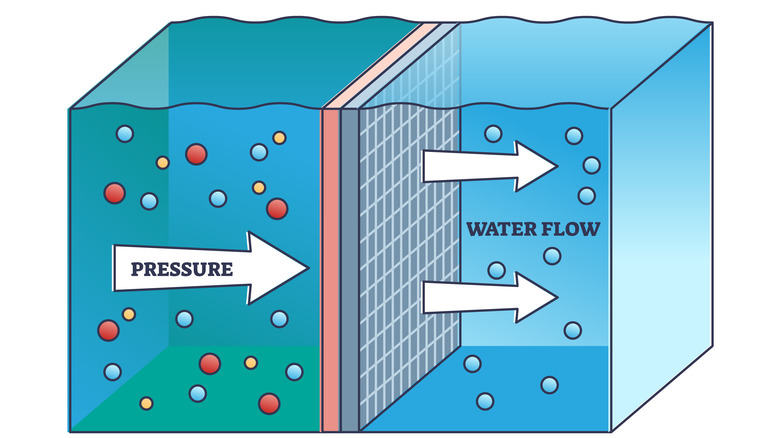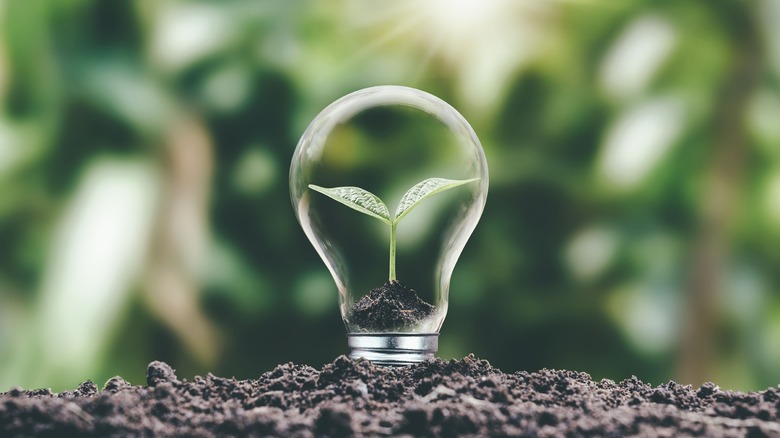Japan's Newest Power Plant Turns Seawater Into Electricity – Here's How It Works
In the coastal city of Fukuoka, a place known for its ancient temples, beaches, and modern shopping districts, Japan has quietly taken an important step toward sustainable energy, and while there are many strange renewable energy sources being explored today, this one certainly stands out from the rest. The country has launched its first osmotic power plant, a state-of-the-art facility that generates electricity by capturing energy that is a byproduct of the meeting of fresh water and seawater.
What makes this so significant is that it's not just a small-scale test to assess the technologies' viability; it's a large-scale operational facility, the first of its kind in Asia and only the second in the world, with the other in Denmark. While its capacity may pale in comparison to Japan's massive solar and wind farms, the system is capable of producing around 880,000 kilowatt-hours of power per year, which is enough to power around 220 Japanese homes. Its first job, however, will be to help supply power to the local desalination plant that provides the people of Fukuoka with clean drinking water.
What's so special about this kind of power generation, you may ask? It's the reliability of it. Rivers don't stop flowing into the sea, meaning osmotic systems aren't dependent on weather conditions and can run day and night. It's a brilliantly clever way to harness what nature already does. But improvements are needed if it is to become a dependable source of steady, clean energy.
How osmosis creates power
At its heart, the system mimics one of nature's most basic processes, the very same mechanism that allows plant roots to draw water from soil: osmosis. To understand how the plant works, you need to understand the basic interaction between two different bodies of water. When saltwater and freshwater meet, the saltwater naturally has a higher salt content. The difference in salinity creates a kind of pressure exchange to naturally try and balance each other out. Over time, water from the fresh side moves toward the salty side. In a similar manner to how engineers found a way to harness the motion from tidal power, they've done the same here with the water moving from one side to another.
In Fukuoka's facility, this process is engineered on a much larger scale. Fresh water, or treated wastewater, is stored on one side of a special membrane, while seawater is placed on the other. When the two meet, fresh water seeps through the membrane to the opposite side, in turn increasing pressure on the saltwater side. That pressure is then used to spin a turbine, which generates electricity without the need to burn any fossil fuels or have waste byproducts.
The whole system is made even more productive by utilizing the leftover dense salt water from the desalination plant, known as concentrated brine. The result? A solid boost in efficiency and power thanks to the much stronger difference in salt concentration. It not only makes things more efficient, but it also makes the system more sustainable by making it circular. The osmotic system sends electricity back to the desalination plant to keep it running, and the plant provides the salty water.
Current challenges and the road ahead
The science may be fairly straightforward, but making osmotic energy a feasible source of power has been met with many hurdles over the years. Early prototypes in Europe proved the science checks out, but they also revealed that friction and energy loss create serious efficiency challenges. It takes power to pump the two streams of water into the system, and the membranes can slow flow to the point where gains only just outweigh the cost of running it.
However, researchers are closing that gap. Just as solar panels evolved over time, improvements in membrane materials and low-energy pumps are gradually increasing efficiency, while smarter system designs are cutting down waste. The Fukuoka project is the perfect example of how coupling osmotic systems with desalination plants could solve multiple challenges at once: producing clean water and clean energy in the same loop.
As it currently stands, osmotic power will remain a small part of Japan's renewable energy grid, but its long-term potential is enormous. According to studies, osmotic power plants could one day supply up to 15 percent of the world's electricity — that's if the technology keeps on improving. An exciting prospect for a world in need of new ways to provide sustainable green energy.


